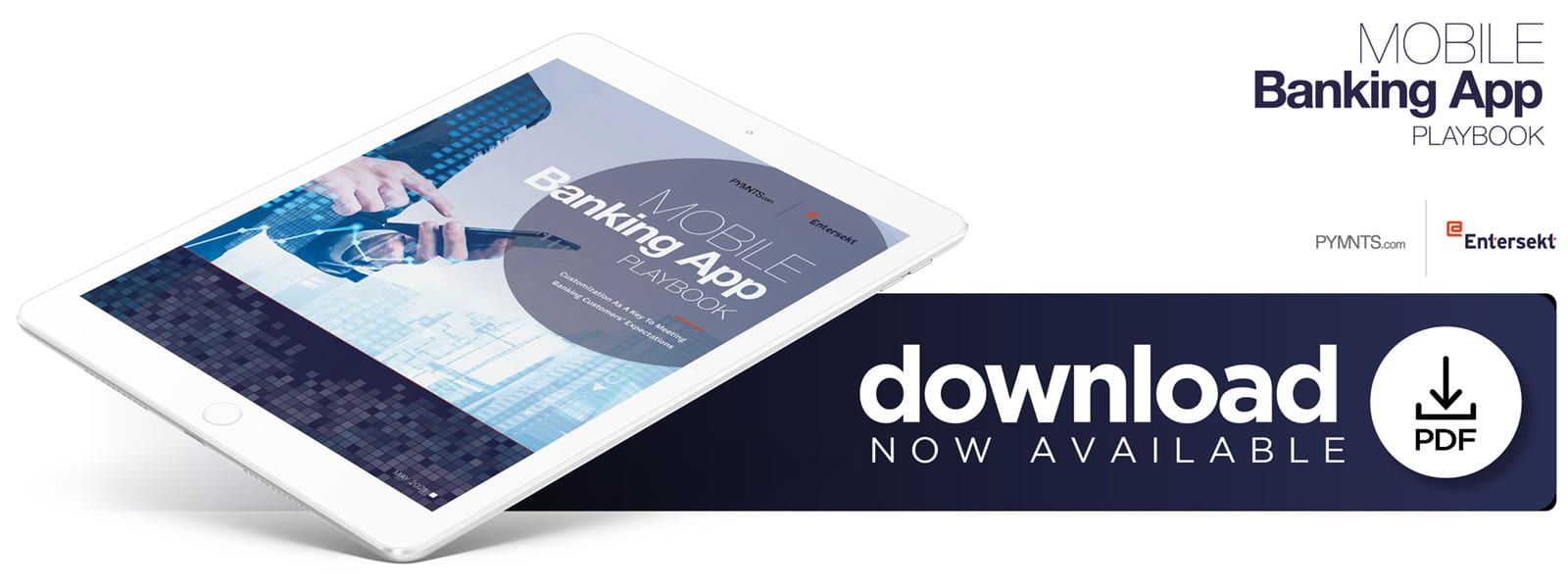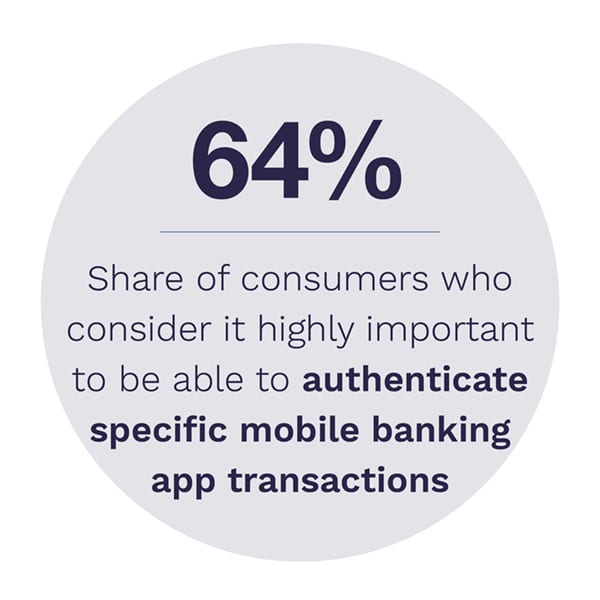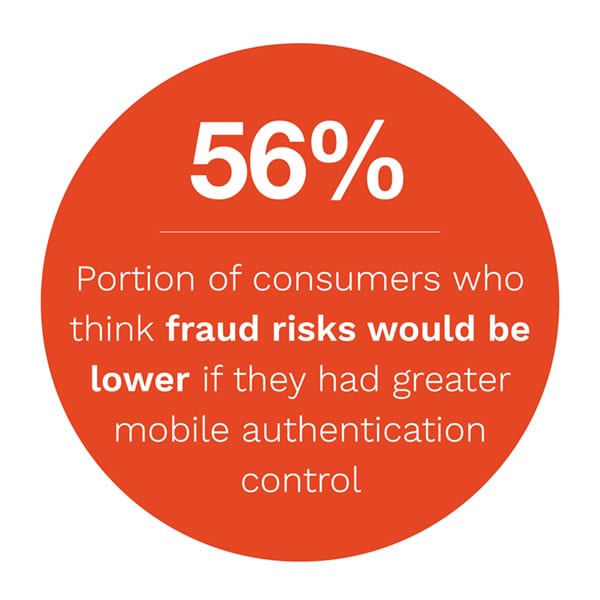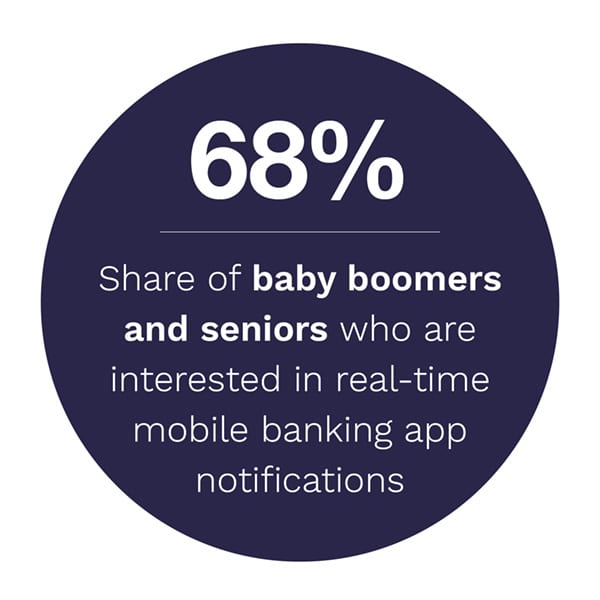NEW DATA: Banks Win When Consumers Control Mobile Banking App Authentication

 When it comes to mobile banking app security, consumers are eager for personalization and control.
When it comes to mobile banking app security, consumers are eager for personalization and control.
Failing to deliver these features and meet consumers’ security needs can have disastrous consequences for financial services providers, however, as mobile savings app Beam’s recent plight illustrates. The company was forced into a settlement with the Federal Trade Commission (FTC) after users reported that they could not withdraw funds from their accounts. It was then made to refund approximately $2.6 million in deposits and interest to its customers before being shut down and banned from running a mobile banking app ever again. This very public digital banking fallout is an example of why customers want control when it co mes to their mobile banking app security — and why banks should give it to them.
mes to their mobile banking app security — and why banks should give it to them.
In terms of having more control, PYMNTS research indicates that the authorization aspect of mobile banking app security is a main priority for consumers. Sixty-four percent consider it “very” or “extremely” important to be able to set additional security requirements for specific transactions. More than half of these consumers are even more likely than most to say that it is “very” or “extremely” important to be able to request additional authentication factors for specific transactions, with 66 percent of bridge millennials and 64 percent of millennials saying so.
The Mobile Banking App Playbook: Customization As A Key To Meeting Banking Customers’ Expectations, a PYMNTS and Entersekt collaboration, examines these and other factors to identify why banking customers are dissatisfied with authentication practices and what makes for a more personalized mobile banking app authentication experience. The Playbook draws from a census-balanced survey of 2,581 consumers and offers a roadmap for how financial institutions (FIs) can address these issues.
PYMNTS analysis shows that having control over how transactions are authenticated is what comforts consumers and makes them feel that they are better protected against fraud. Sixty-eight percent say they want to authenticate specific transactions because it provides additional security, for example, and 62 percent think it protects them from fraud. Almost as many say it makes them feel more secure. A significant share of consumers also say they believe that having more control over authentication significantly lowers their chances of experiencing mobile app fraud, as 56 percent say they think that fraud risks would be lower if they had greater control.
Consumers today also want more customized mobile banking app experiences and desire more personalized features. Nearly one-third of consumers would use their mobile banking apps more if their banks covered the liability for potential fraud, and 26 percent would use the apps more if they offered more authentication choices.
Interest in a perso nalized user experience is especially high among credit union (CU) members, who would use their apps more if they offered more functionalities. Twenty-four percent say they would like to be able to retrieve their credit scores, and 58 percent say they would like their banking apps to send them real-time notifications of account activity. In terms of generational breakdowns, baby boomers and seniors are the most interested demographic: 68 percent say they would be interested in receiving real-time notifications, compared to only 45 percent of Generation Z consumers who say the same.
nalized user experience is especially high among credit union (CU) members, who would use their apps more if they offered more functionalities. Twenty-four percent say they would like to be able to retrieve their credit scores, and 58 percent say they would like their banking apps to send them real-time notifications of account activity. In terms of generational breakdowns, baby boomers and seniors are the most interested demographic: 68 percent say they would be interested in receiving real-time notifications, compared to only 45 percent of Generation Z consumers who say the same.
These findings touch on just a few of the insights outlined in PYMNTS’ research. To learn more about how consumers feel about authentication with their mobile banking apps, and how FIs can ensure they are offering the right features to personalize their needs, download the playbook.
